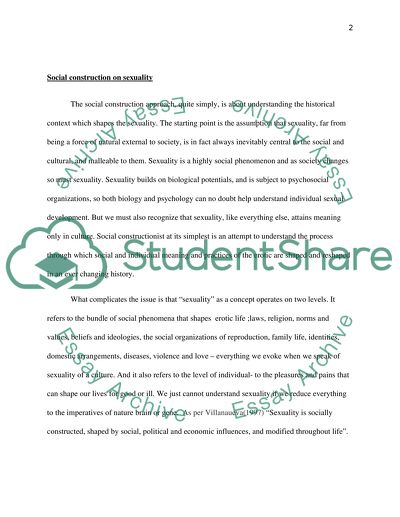Cite this document
(“Construction of Gender and Sexual Studies Essay”, n.d.)
Retrieved de https://studentshare.org/gender-sexual-studies/1392131-construction-of-gender-and-sexual-studies
Retrieved de https://studentshare.org/gender-sexual-studies/1392131-construction-of-gender-and-sexual-studies
(Construction of Gender and Sexual Studies Essay)
https://studentshare.org/gender-sexual-studies/1392131-construction-of-gender-and-sexual-studies.
https://studentshare.org/gender-sexual-studies/1392131-construction-of-gender-and-sexual-studies.
“Construction of Gender and Sexual Studies Essay”, n.d. https://studentshare.org/gender-sexual-studies/1392131-construction-of-gender-and-sexual-studies.


